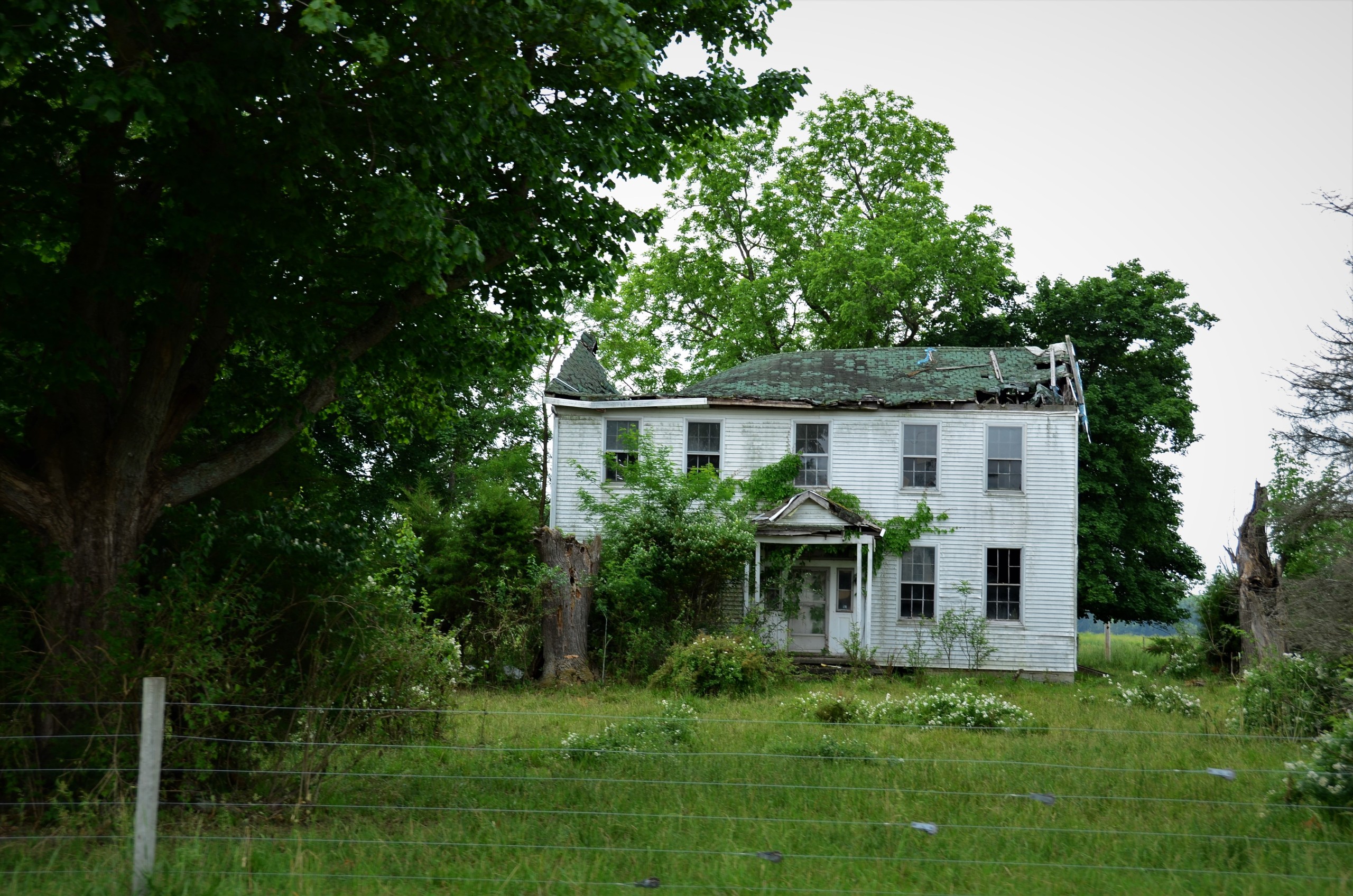When done correctly, investing in real estate can be a wise decision. It offers the potential for steady cash flow, tax advantages, diversification, a hedge against inflation, and the opportunity to generate passive income. But real estate investing also comes with its share of risks, including some that can lead to costly litigation.
The point of investing is to make money, so spending money in court battles is not what any investor wants to do. Investors must know some risks to watch out for when entering a deal.
Title Issues That Can Affect a Real Estate Investment
Title work may seem like a routine part of a transaction, but this seemingly mundane step can reveal a range of issues that can derail a deal and jeopardize the value of an investment. Title-related risks include the possibility that someone else:
- Owns an interest in the property
- Has rights affecting title arising from leases, contracts, or options
- Claims a right to the property through forgery or impersonation
- Has an easement on the land
- Has a recorded right to limit the ways the property is used
- Has a recorded lien or encumbrance on the title
- Tried to enforce a discriminatory covenant, condition, or restriction based on things like race, religion, ethnicity, or other unlawful grounds
These defects and others may require legal steps, such as filing a quiet title action in the court where the property is located. A quiet title action is a lawsuit to clarify who owns the property. However, even if the suit is uncontested (meaning the other party doesn’t defend their side of the case), it can still cost thousands of dollars to resolve.
It only gets more costly if a defendant actively opposes the investor’s ownership claim, turning what should be a money-making opportunity into a sizable money-consuming battle.
Risks Related to Zoning, Building Permits, and Improvements
Investment properties also carry risks related to zoning and permitting. Therefore, before investing, it is a good idea to do some digging to discover these potential liabilities with the help of a qualified real estate lawyer.
The land or building may violate a zoning law or subdivision regulation affecting the property’s use. For example, the violation could make obtaining a building permit to modify or improve the property challenging or cost-prohibitive or cost-prohibitive to obtain a building permit to modify or improve the property. For example, the investor could be required to spend money to correct or remove the violation or bring the property up to new code requirements.
In some cases, buyers have even been required to remove or alter structures because they violated existing zoning laws or were built without permits.
Sorting out issues like these can require appearances before local zoning boards, municipal authorities, and possible lawsuits. This takes time and money, which the investor would rather spend in other ways.
Risks Stemming From Lien Claims
Existing liens may encumber properties. They can be legitimate liens or spurious claims that don’t hold water. Either way, they cost money to resolve, eating away at returns on investment. Some examples of liens that may exist on a property are:
- Mortgages: It is common for a seller to have an outstanding mortgage on a property. Typically (but not always), there is little risk associated with these because the mortgage can be paid off as part of the sale.
- Contractor liens: A previous owner may have failed to pay a contractor who placed a lien on the property (mechanic’s lien), requiring payment before the property can be sold.
- Tax liens: A purchaser may become liable for unpaid property taxes. Additionally, if the previous owner owed federal income taxes, the IRS may have placed a lien on the property in an attempt to collect.
- Judgment liens: A seller may have a court order requiring payments to satisfy a judgment to someone which, when recorded in the county, has to be satisfied or addressed as a part of selling the property. For instance, a judgment lien could be placed because the owner owes alimony or child support. Or, the owner could have lost a lawsuit, resulting in a lien on the property.
Consider Protecting Your Investment By Retaining an Attorney
Investors purchasing property in Colorado should consider working with a qualified real estate attorney during the purchase process. Yes, hiring a lawyer upfront is an expense. But, it pales in comparison to the cost of litigation.
Ideally, involving a lawyer early on can go a long way toward avoiding those large litigation bills, allowing you to reap the benefits of your investment sooner.
For more information about avoiding real estate litigation in Colorado, contact Hackstaff Snow Atkinson & Griess, LLC, at 303-534-4317 or visit our website.


Aaron Atkinson and John Snow of Hackstaff Snow Atkinson & Griess, LLC, are top Denver business attorneys and litigators with expertise spanning various industries. Specializing in business law, litigation, intellectual property, tax law, and dispute resolution, John Snow and Aaron Atkinson offer an in-depth understanding and knowledge of general real estate and litigation rules and regulations and are a trusted resource for business owners throughout Colorado.





